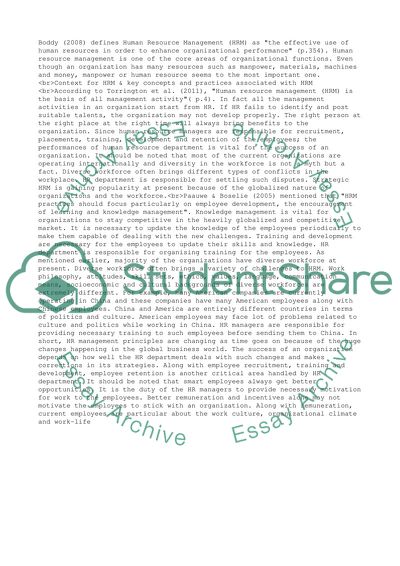Cite this document
(“Human Resource Management Essay Example | Topics and Well Written Essays - 1250 words - 3”, n.d.)
Retrieved from https://studentshare.org/management/1468875-human-resource-management
Retrieved from https://studentshare.org/management/1468875-human-resource-management
(Human Resource Management Essay Example | Topics and Well Written Essays - 1250 Words - 3)
https://studentshare.org/management/1468875-human-resource-management.
https://studentshare.org/management/1468875-human-resource-management.
“Human Resource Management Essay Example | Topics and Well Written Essays - 1250 Words - 3”, n.d. https://studentshare.org/management/1468875-human-resource-management.


